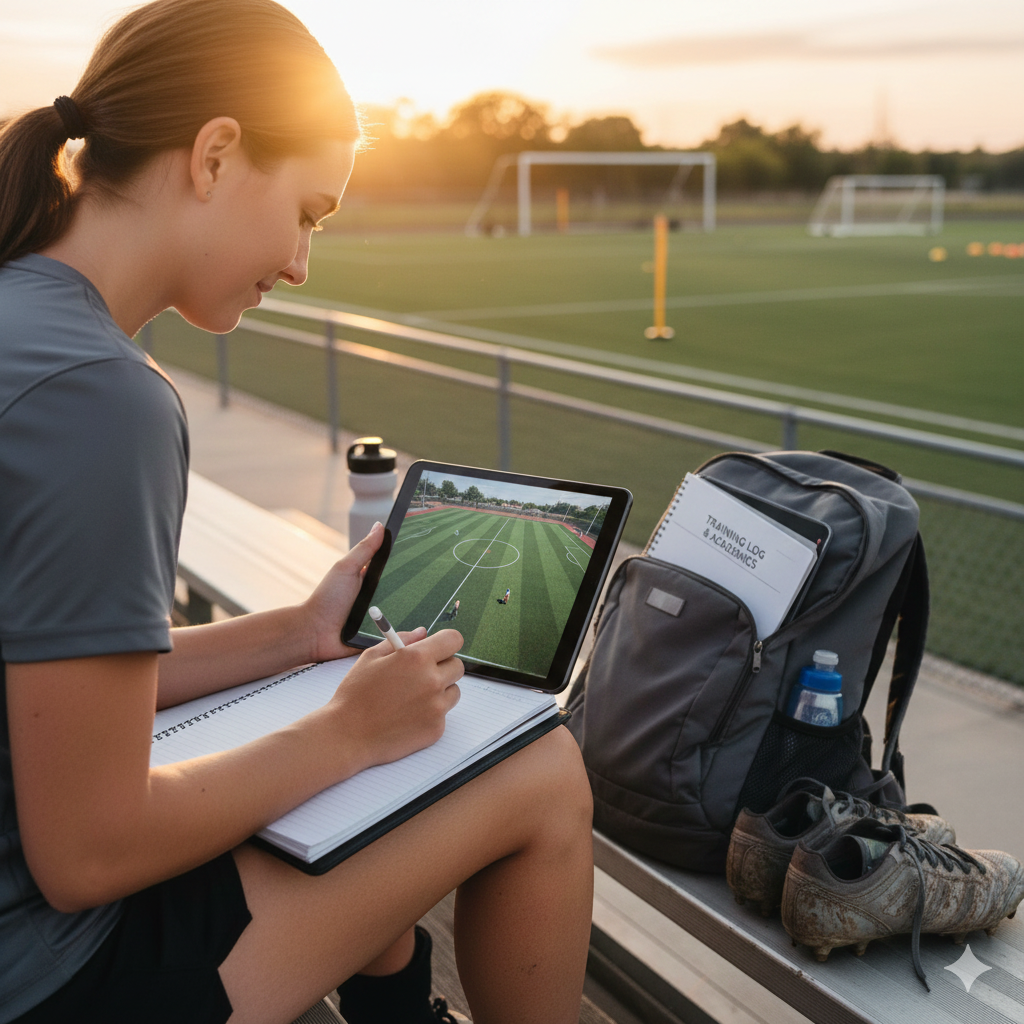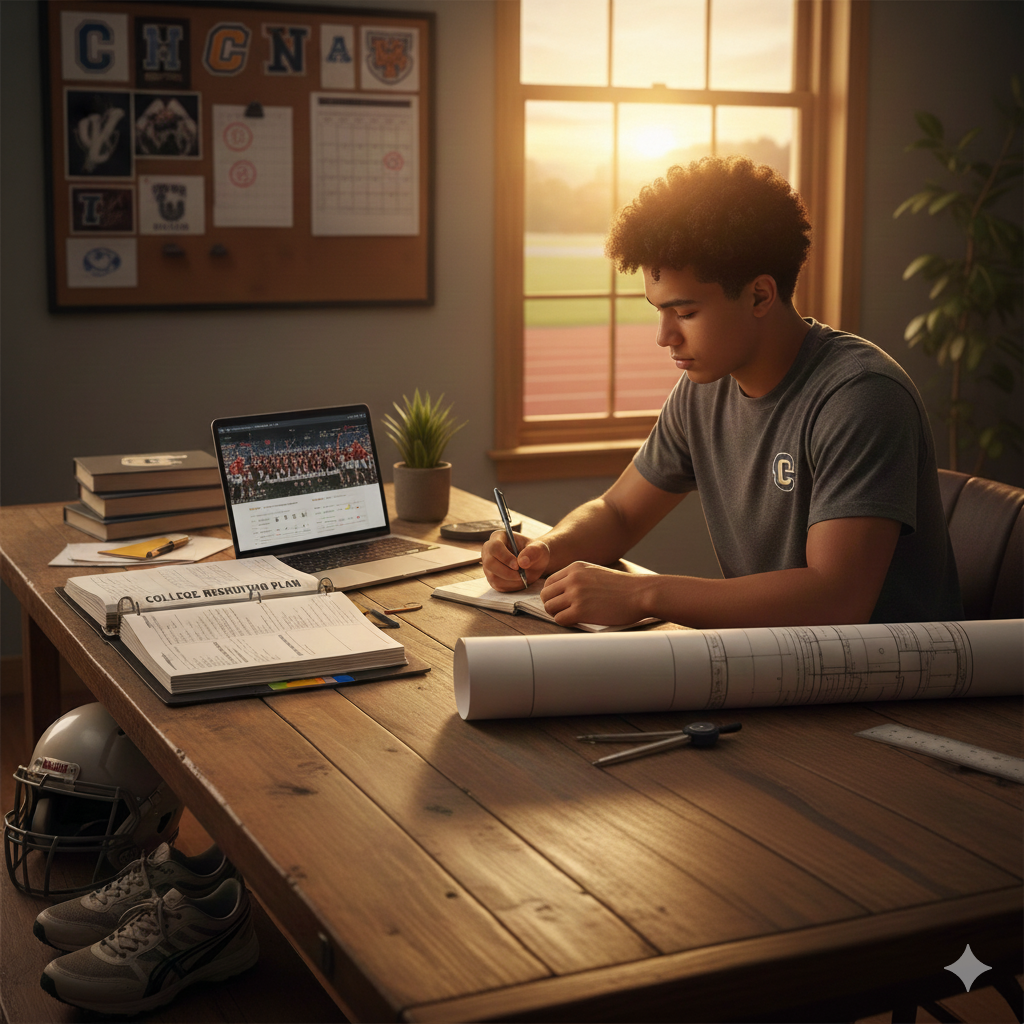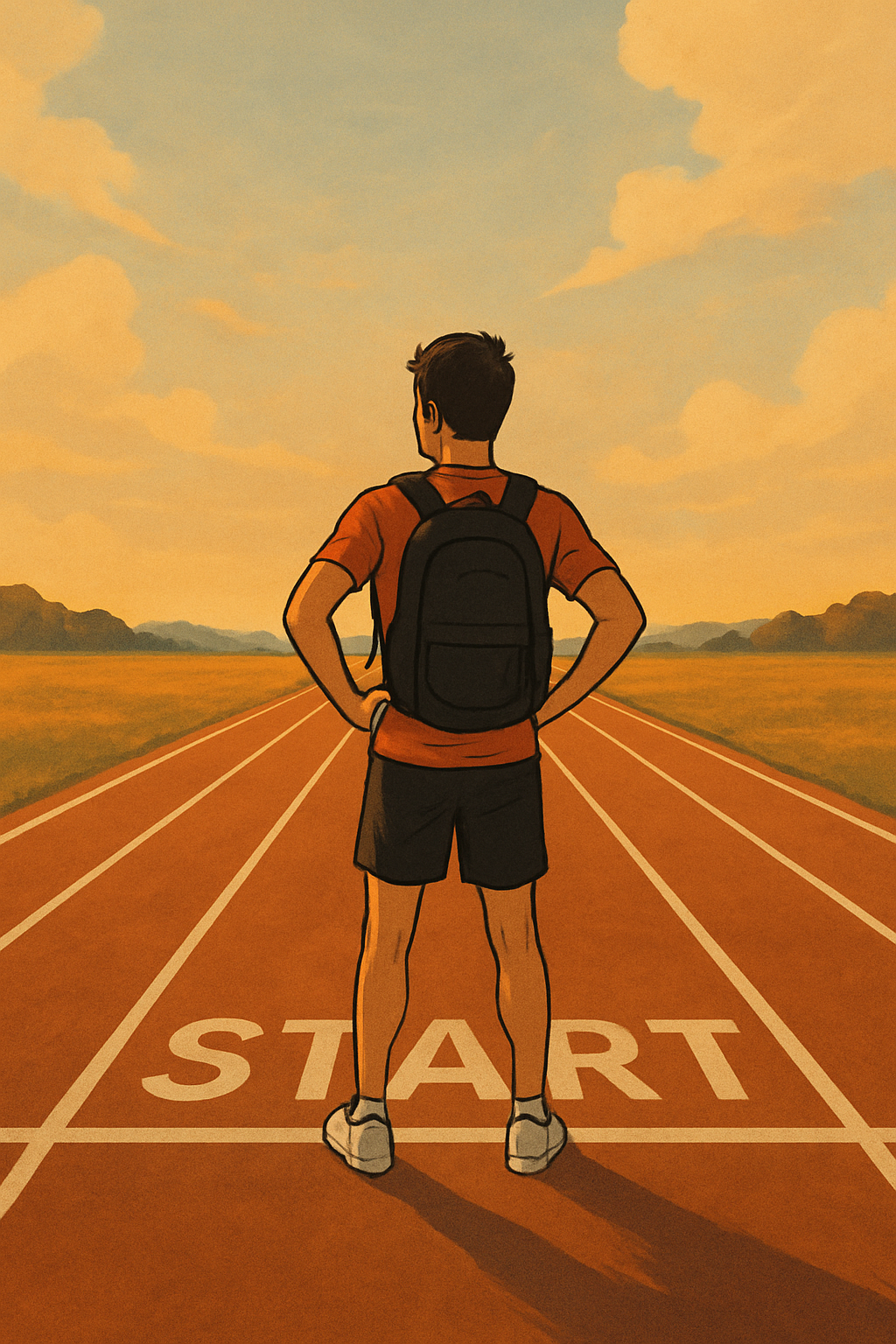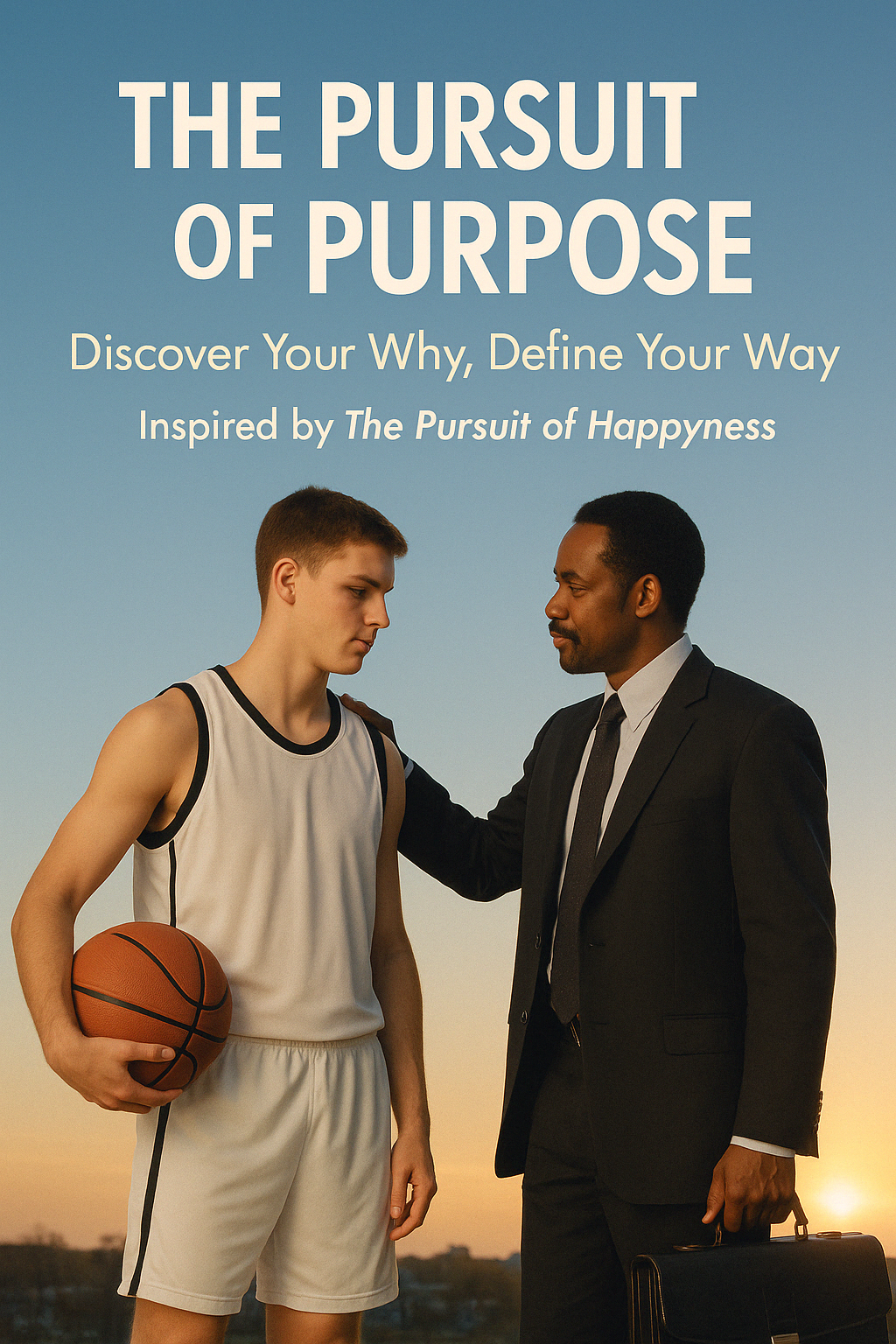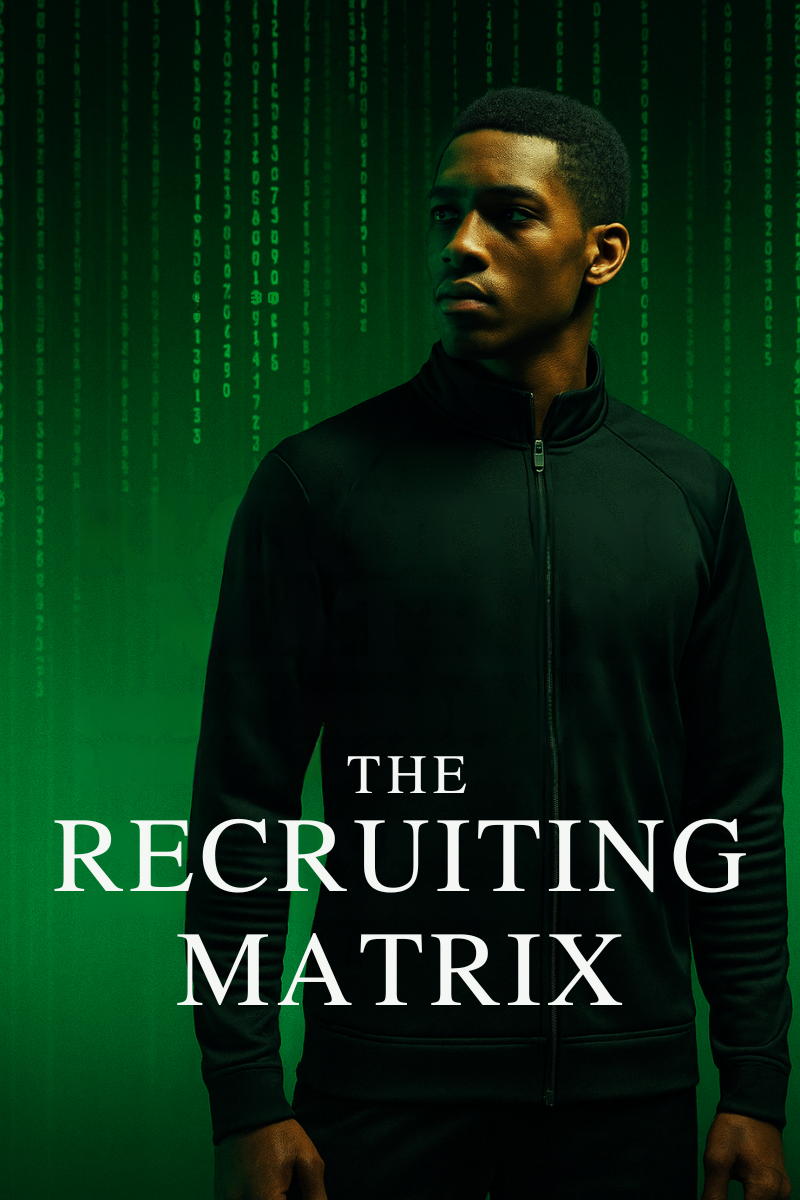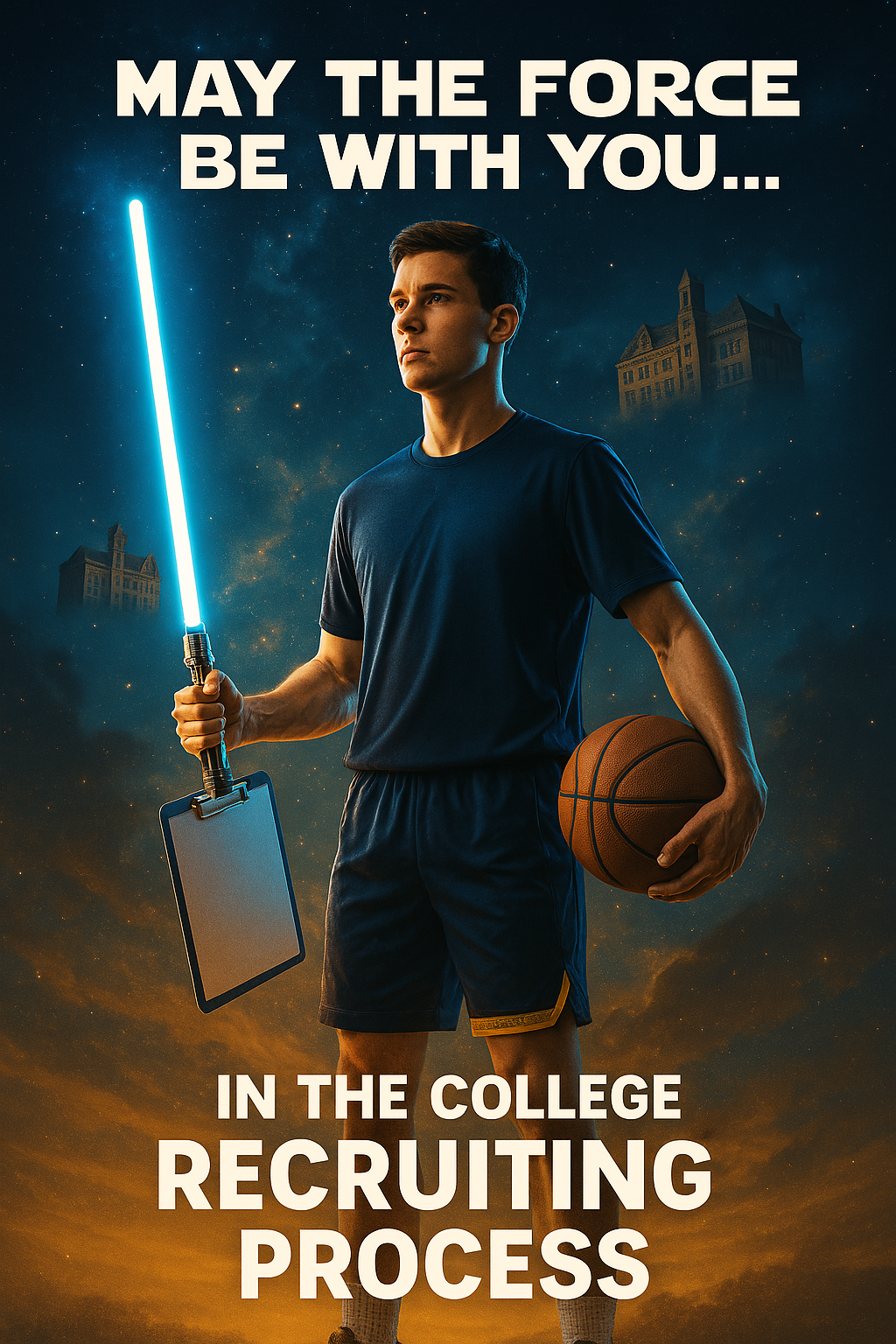Athletic Scholarship Should Not Be Your Mount Everest
Don't Chase the Scholarship!

There are millions of young kids playing sports who hope someday they will get an athletic scholarship. Do you know there are approximately 8 million high school student-athletes in the US and about 7% make it to play in college and only 2% will receive an athletic scholarship? We need to stop emphasizing athletic scholarships as some holy grail to these kids and focus on what is important, the experience and opportunities that college sports can offer.
When you set your sights on playing college sports, your goal should not be to get an athletic scholarship but to find a school that will help you become a better student, a great athlete, and an extraordinary person.
Approximately 160,000 college student-athletes are awarded athletic scholarships. So for the graduating class of 2020 40,000 High School graduates will earn an athletic scholarship for the fall. And if we want to discuss Full Athletic Scholarships that number is even smaller. Less than 1% of high school student-athletes will receive a "full athletic scholarship." To paint you a picture there are one million high school football players and less than 2% will receive a full athletic scholarship.
In order to better understand athletic scholarships you should know there are two types of sports
Head Count Sport
- means the stated scholarship limit is absolute, and the number of student-athletes receiving awards cannot exceed this number. For example, NCAA Division I Basketball is a head count sport and can offer 13 Full Scholarships, which means only 13 players can receive athletic aid. Head count sports are only found in NCAA Division I.
The following are Head Count Sports
- Men's Basketball (13)
- Women's Basketball (15)
- Football; FBS (85)
- Football; FCS (65)
- Women's Gymnastics (12)
- Women's Tennis (8)
- Women's Volleyball (12)
Equivalency Sport
- means financial aid awards can be split into partial scholarships in any proportion up to the maximum allowed. For example, NCAA Division I Women's Soccer is allowed to offer a maximum of 14 Scholarships. A coach could divide those scholarships any way they would like. All other Division I Sports, NCAA DII, NAIA, and NJCAA are equivalency sports.
If you are only playing for the scholarship then you are in it for the wrong reasons. There has to be passion, joy, and excitement to play. So, lets stop talking athletic scholarships and talk about finding the right college fit, academically, athletically, and personally or socially. For most sports and programs the "scholarship" talk doesn't come for a while in the recruiting process anyway. A coach wants to know who you are as a student, athlete, and as a person before he considers talking money with the student-athlete and the parents. The scholarship talk typically will come after at least one phone call, coach evaluates you, and a campus visit so the scholarship should be the last thing on your mind when you begin the college recruiting process. And one of the biggest mistakes you can make is bringing up scholarships too early. Make sure you keep an open mind early on in the process and explore all of your options and opportunities. There are a lot of factors that go into selecting the right school.
When the time comes and you are fortunate enough to be offered an athletic scholarship, congrats that is an unbelievable accomplishment, just go back and look at the numbers. Remember all of the time, energy, sacrifices, and commitment that went into that moment.
Until then focus on your academics, focus on becoming a better athlete, and focus on finding a school that will satisfy all of your needs.
ARE YOU READY TO START DESIGNING YOUR PATHWAY TO COLLEGE SPORTS?
Do you have aspirations of continuing your academic and soccer career at the next level? The recruiting process can be difficult to navigate if you don’t have a clear road map to guide you. If you have the burning desire to play in college than there is a school out there that will provide you with the best college experience, academically, athletically, and personally. Designing Your Pathway to College Sports workbook will educate you on what it takes to play at the next level, how the college recruiting process works, and how to be a successful student-athlete who excels in the classroom, on the field, and in their personal lives. The goal is to get you engaged in the recruiting process and to empower you to do the work and find the best college fit.

💡 What It Means to Be a SMART Recruit If you're a high school student-athlete with dreams of playing at the college level, you’ve probably heard how competitive and confusing the recruiting process can be. It’s true—navigating the world of college athletics, eligibility rules, academic requirements, communication with coaches, and scholarship opportunities can feel overwhelming. But here’s the good news: you don’t have to go through it blindly. Being a SMART Recruit means more than just athletic talent. It means you’re Educated , Empowered , Engaged , and Inspired . You take ownership of your journey by staying informed , organized , and committed to your future—both on and off the field. Let’s break it down. 🎓 Educated: Know the Landscape Smart Recruits take the time to understand the recruiting process. They know the rules, eligibility requirements, timelines, and what college coaches are looking for. They research the differences between NCAA Divisions I, II, III, NAIA, and NJCAA, and they understand how academics, athletics, and personal fit all play a role in finding the right school. Knowledge is power. When you're educated, you're able to avoid common mistakes, ask the right questions, and make informed decisions. 💪 Empowered: Own Your Journey Smart Recruits don’t wait for opportunity—they create it. They know that recruiting isn’t something that “just happens” to them. They take control by reaching out to coaches, attending the right events, and building a strong recruiting profile that reflects who they are as a student-athlete and a person. They recognize that no one will work harder for their future than they will . That sense of empowerment fuels their actions and keeps them moving forward—even when the journey gets tough. 🧠 Engaged: Be Proactive and Present The recruiting process is not passive—it requires you to stay active and engaged. Smart Recruits use tools like communication trackers, college lists, and visit checklists to stay on top of their outreach and deadlines. They’re not afraid to follow up, ask questions, and stay consistent. Being engaged means showing up: in your inbox, in the classroom, on the field, and in your mindset. Consistency beats luck every time. 🌟 Inspired: Stay Motivated by Your "Why" Every successful recruiting journey starts with a clear sense of purpose. Smart Recruits know why they’re pursuing college athletics, what they hope to achieve, and who they want to become in the process. That vision fuels their daily habits and decisions. Whether it's waking up early to train, studying late for a test, or rewriting an email to a coach—they’re motivated by a bigger goal and inspired to keep going, even when it’s hard. 🧭 Stay Informed. Stay Organized. Stay Ahead. Being a SMART Recruit also means staying informed about deadlines, program updates, and coach responses—and staying organized enough to manage it all. Whether you're managing communication, video links, or academic transcripts, having a system in place is crucial. That’s why tools like The Smart Recruit Tool Kit exist—to help you streamline the process, stay accountable, and make progress every week. 🎉 Coming Soon: The Smart Recruit Toolkit Get ready to take control of your college recruiting journey! The Smart Recruit —a comprehensive DIY toolkit designed to help student-athletes become educated, empowered, engaged, and inspired—will be launching soon. Packed with worksheets, templates, and expert guidance, this resource is your ultimate playbook to navigate the recruiting process with confidence and clarity. Stay tuned for the official launch! 🔚 Final Thought: Be the Recruit Coaches Want to Coach College coaches are looking for more than just athletic ability. They want students who are driven, self-aware, academically committed, and coachable. When you approach the process like a SMART Recruit , you show coaches you’re ready—not just to play at the next level, but to thrive there. ✅ Educated. ✅ Empowered. ✅ Engaged. ✅ Inspired. ✅ Informed & Organized. That’s what it means to be a SMART Recruit.
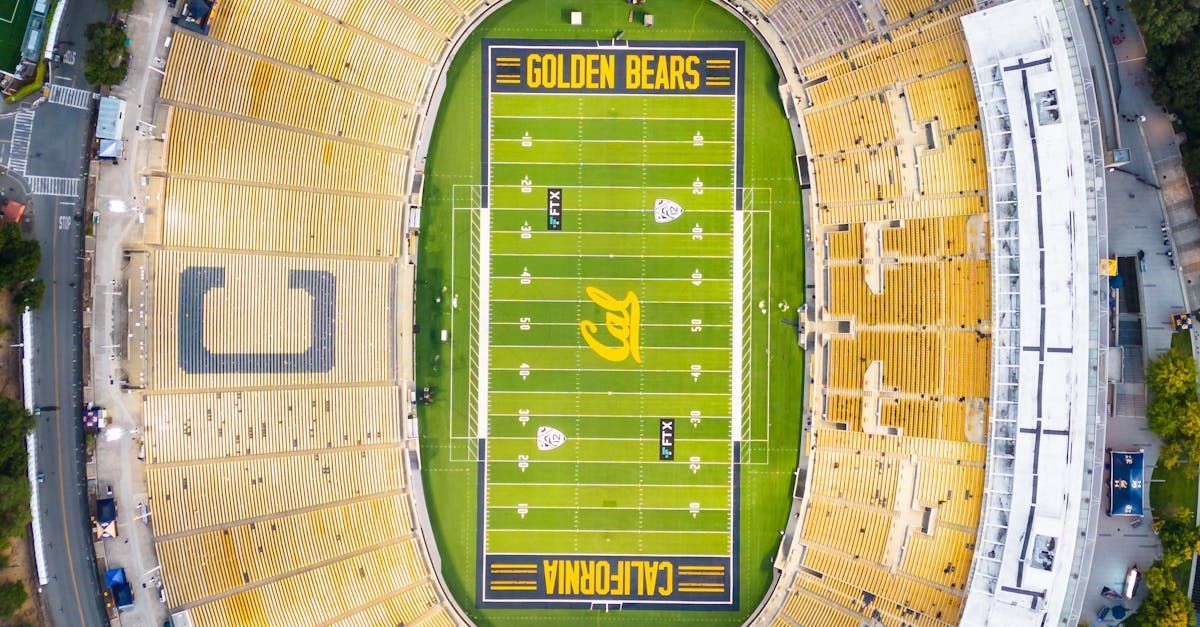
The recruiting landscape for high school student-athletes is on the cusp of a significant transformation. Recent NCAA lawsuits and rulings have far-reaching implications that will change the way colleges recruit, distribute scholarships, and compensate athletes. As the dust settles, here's how these changes will impact the future of recruiting: Employee Status: A Game-Changer The recent ruling that grants employee status to college athletes will revolutionize the recruiting process. Colleges will now need to consider the financial and legal implications of employing student-athletes. This shift will likely lead to: - More emphasis on compensation packages and benefits - Changes in scholarship models and revenue sharing - Increased focus on athlete welfare and support services NCAA Athletes as Employees: Recent Ruling and Implications* A U.S. appeals court in Philadelphia ruled on July 11, 2024, that college athletes whose efforts primarily benefit their schools may qualify as employees deserving of pay under federal wage-and-hour laws ¹. This decision means that a test should be developed to differentiate between students who play college sports for fun and those whose effort "crosses the legal line into work" ¹. - Implications This ruling has significant implications for the NCAA and its long-standing concept of amateurism ¹. If athletes are considered employees, they may be entitled to compensation, benefits, and legal protections ². However, NCAA officials argue that this could harm student-athletes' experiences and create financial burdens for schools ¹. - Ongoing Debate: This issue is part of a broader debate about the rights and compensation of college athletes ². Some argue that athletes should be paid for their labor, while others believe that compensation could undermine the amateur nature of college sports ³. The National Labor Relations Board is also considering whether college athletes should be considered employees under federal labor law ². - Potential Consequences If athletes are classified as employees, schools and the NCAA may face substantial back pay claims from current and former athletes ⁴. This could lead to significant changes in the way college sports are structured and financed ². However, others argue that this could lead to unintended consequences, such as schools only funding profitable sports or detracting from the overall educational experience ². The Impact of New Ruling on Future College Rosters Reduced Roster Sizes Increased Injuries and Mental Health Issues Compensation and Benefits The impact of the new ruling on future college rosters is uncertain, with ongoing debates and discussions among coaches, administrators, and athletes ⁶. The new ruling's impact on future college rosters will likely unfold in the coming months and years. Name, Image, and Likeness (NIL): A New Recruiting Tool With the introduction of NIL guidelines, colleges can now use an athlete's marketability as a recruiting selling point. This will lead to: - Increased emphasis on social media presence and personal branding - Colleges highlighting their ability to help athletes build their NIL - More creative and lucrative endorsement opportunities Roster Size and Scholarship Implications Reduced roster sizes and changes in scholarship models will impact the number of available spots for incoming recruits. This will lead to: - Increased competition for fewer spots - More emphasis on early recruiting and commitments - Potential for more athletes to consider alternative routes like junior college or NAIA Recruiting Strategies: Adapting to the New Landscape Colleges will need to adapt their recruiting strategies to stay competitive. This may include: - Earlier identification and recruitment of top talent - More personalized and holistic approaches to recruiting - Increased focus on athlete development and support services The Student-Athlete Experience: A New Priority With the emphasis on athlete welfare and support services, colleges will need to prioritize the student-athlete experience. This will lead to: - Increased focus on academic support and resources - More emphasis on mental health and wellness programs - Colleges highlighting their commitment to athlete development and success beyond sports The future of recruiting high school student-athletes will be shaped by the evolving NCAA landscape. As colleges navigate these changes, they'll need to prioritize creative recruiting strategies, athlete welfare, and support services to attract top talent. Student-athletes, in turn, will need to be more proactive in their recruitment, considering factors beyond just athletic development. As the recruiting landscape continues to shift, one thing is certain – the future of college sports will be shaped by these transformative changes. Sources: Appeals court rules NCAA Athletes may qualify as employees - www.insidehighered.com NCAA Student-Athletes as Employees Case is Pandora's Box - news.bloomberglaw.com Are College Athletes "employees" of their school? - www.marketplace.org Pay to Play? Third Circuit Holds NCAA Athletes can be Considered Employees - www.littler.com


